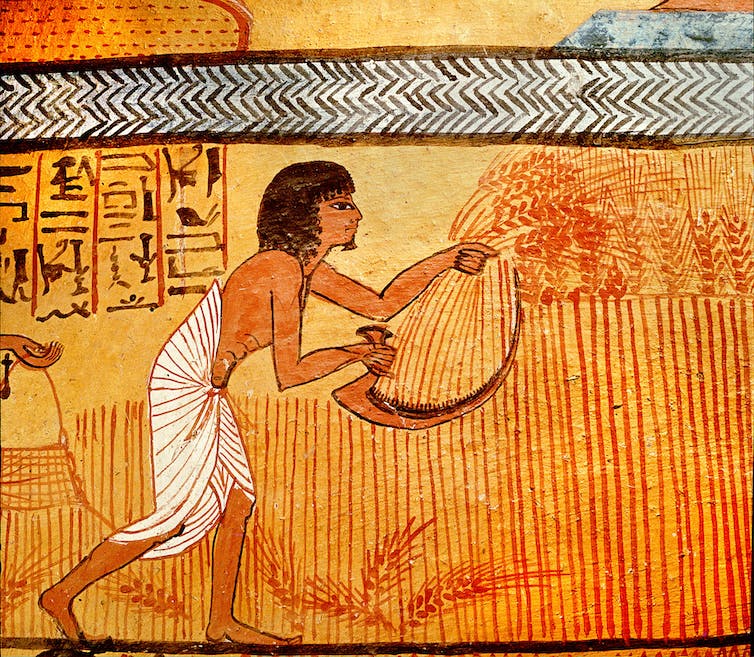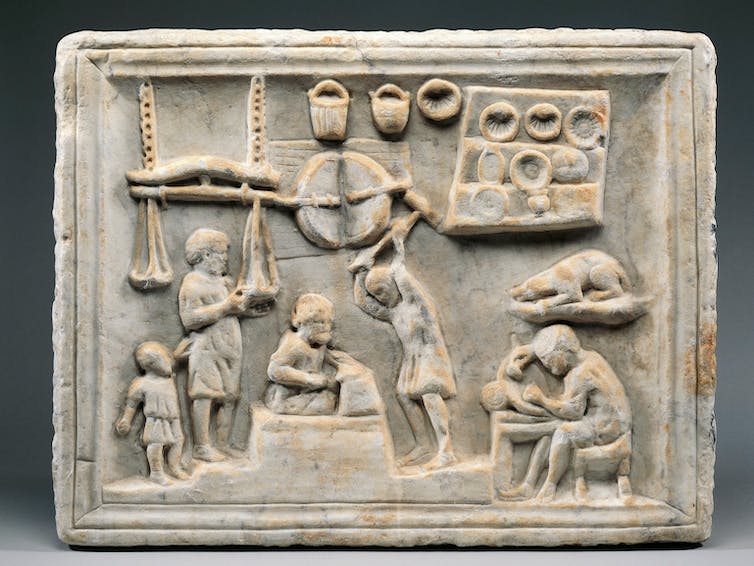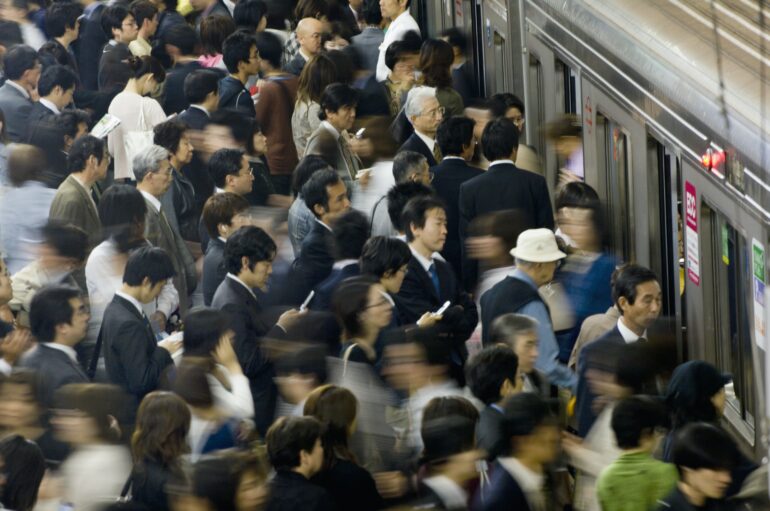At first glance, the connections between the world’s growing population and climate change seem obvious. The more people we have on this planet, the larger their collective impact on the climate.
However, a closer look with a longer time horizon reveals relationships between population size and climate change that can help us better understand both humanity’s predicament as the global population nears 8 billion people – a milestone the United Nations expects the world to hit on about Nov. 15, 2022.
Looking back to the Stone Age
For much of human evolution, our ancestors were exposed to large climatic fluctuations between ice ages and intermittent warmer periods. The last of these ice ages ended about 10,000 years ago.
Before the ice sheets melted, sea levels were about 400 feet (120 meters) lower than today. That allowed humans to migrate around the world. Everywhere they went, our ancestors reshaped landscapes, first by clearing forests and then through early agricultural practices that emerged in a number of regions starting just as the last ice age ended.
Paleoclimatologist William Ruddiman has suggested that these early actions – cutting down trees and expanding farming – caused a small initial rise in carbon dioxide in the atmosphere. That contributed to a stable climate over the past 10,000 years by counteracting trends of declining carbon dioxide levels that might have triggered another glaciation event.

Agriculture began fueling the Anthropocene engine. A painting in the tomb of Sennedjem from Egypt’s 19th dynasty, between 1295 B.C. and 1186 B.C., shows a person reaping wheat in Thebes.
Werner Forman/Universal Images Group/Getty Images
By reshaping landscapes, our ancestors actively constructed the niches they inhabited. This process is an important aspect of evolutionary change, creating important feedback dynamics between evolving species and their environment.
As humans evolved, the demands of the growing population, associated knowledge creation and energy use created a feedback cycle my colleagues and I call the Anthropocene engine. That engine has transformed the planet.
Revving up the Anthropocene engine
The Anthropocene engine has been running for at least 8,000 years. It led to the rise of modern civilizations and ultimately to the environmental challenges we face today, including climate change.
How does the Anthropocene engine work?
First, populations had to reach a critical number of people to successfully create enough knowledge about their environments that they could begin to actively and purposefully transform the niches they lived in.
Successful agriculture was the product of such knowledge. In turn, agriculture increased the amount of energy available to these early societies.

